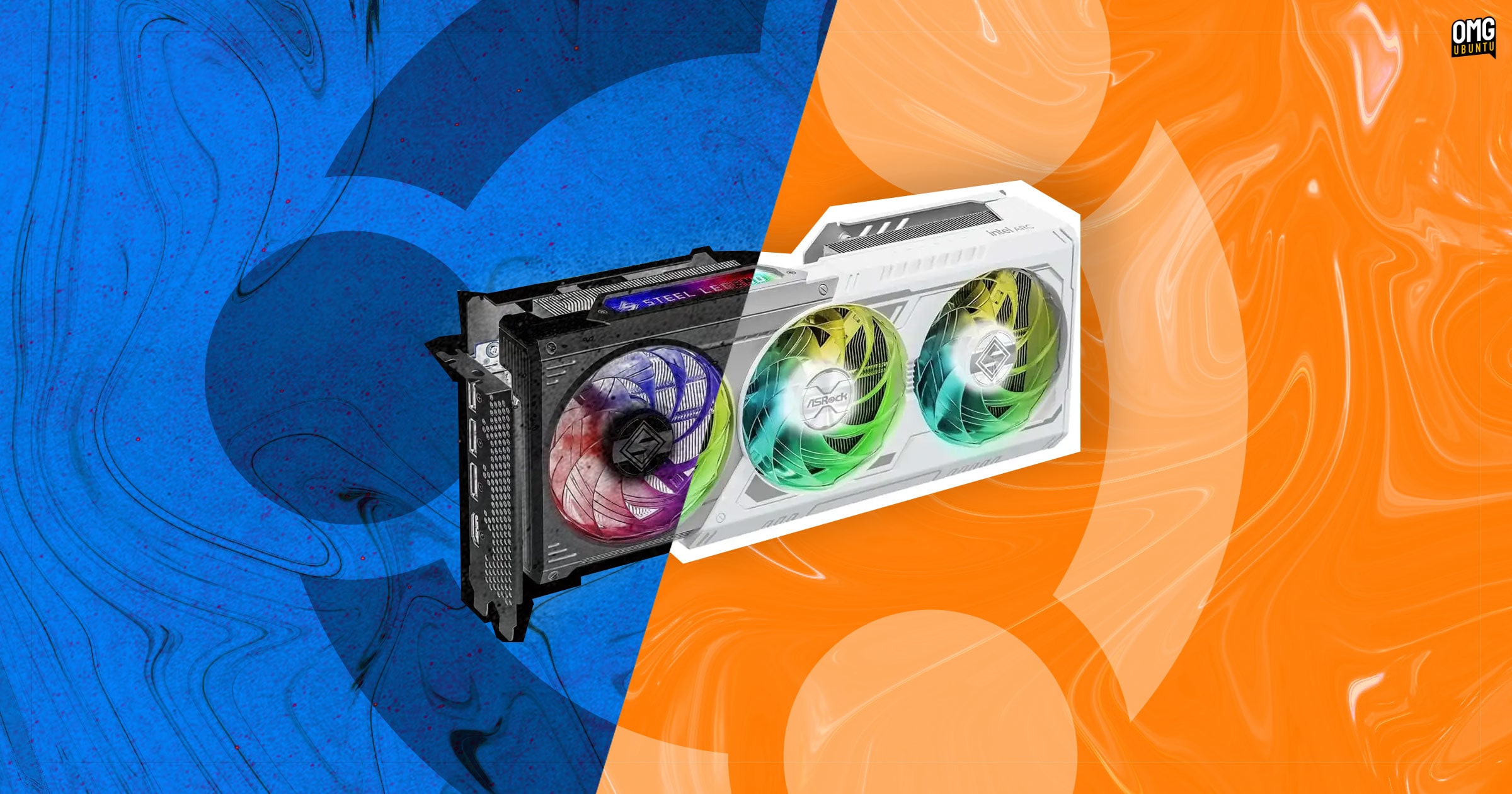Build Your Own ViT Model from Scratch
Vision Transformers have fundamentally changed how we approach computer vision problems, delivering state-of-the-art results that often surpass traditional convolutional neural networks. As the industry shifts toward transformer-based architectures f...

Vision Transformers have fundamentally changed how we approach computer vision problems, delivering state-of-the-art results that often surpass traditional convolutional neural networks. As the industry shifts toward transformer-based architectures for image classification, object detection, and beyond, understanding how to build and implement these models from scratch has become essential for machine learning practitioners and researchers who want to stay at the forefront of computer vision innovation.
We've just released a comprehensive new course on the freeCodeCamp.org YouTube channel that takes you through the complete process of building a Vision Transformer (ViT) model using PyTorch. This hands-on tutorial guides you through each component, from patch embedding to the Transformer Encoder, while training your custom model on the CIFAR-10 dataset for practical image classification experience. Mohammed Al Abrah developed this course.
What You'll Accomplish
This course provides both theoretical understanding and practical implementation skills. You'll start with the foundational concepts of Vision Transformers, learning how they differ from CNNs and why they've become so effective for computer vision tasks. The tutorial then walks you through setting up your development environment and configuring the necessary hyperparameters for optimal training.
The core of the course focuses on building the ViT architecture from the ground up. You'll implement image transformation operations, download and prepare the CIFAR-10 dataset, and create efficient DataLoaders. Most importantly, you'll construct the complete Vision Transformer model, understanding each component's role in the overall architecture.
Training and Optimization
The course covers the complete machine learning pipeline, including defining appropriate loss functions and optimizers for your ViT model. You'll implement a comprehensive training loop and learn to visualize training progress by comparing training versus testing accuracy. The tutorial also demonstrates how to make predictions with your trained model and visualize the results.
Advanced sections focus on fine-tuning techniques using data augmentation to improve model performance. You'll train the enhanced model and compare results before and after fine-tuning, gaining insights into optimization strategies that can significantly boost your model's effectiveness.
Course Structure
The tutorial is organized into clear, logical sections that build upon each other. Starting with theoretical foundations, you'll progress through environment setup, data preparation, model construction, training procedures, and advanced optimization techniques. Each section includes practical code implementation, ensuring you gain hands-on experience with every aspect of Vision Transformer development.
The course concludes with comprehensive evaluation methods, teaching you to assess model performance and understand the impact of different training strategies. You'll learn to visualize predictions and analyze results, skills that are crucial for real-world machine learning applications.
Why This Matters Now
As transformer architectures continue to dominate both natural language processing and computer vision, the ability to implement these models from scratch provides invaluable insight into their inner workings. This understanding enables you to modify architectures for specific use cases, debug training issues effectively, and adapt to new developments in the field.
Ready to master one of the most important advances in modern computer vision? Watch the full course on the freeCodeCamp.org YouTube channel (2-hour watch).






























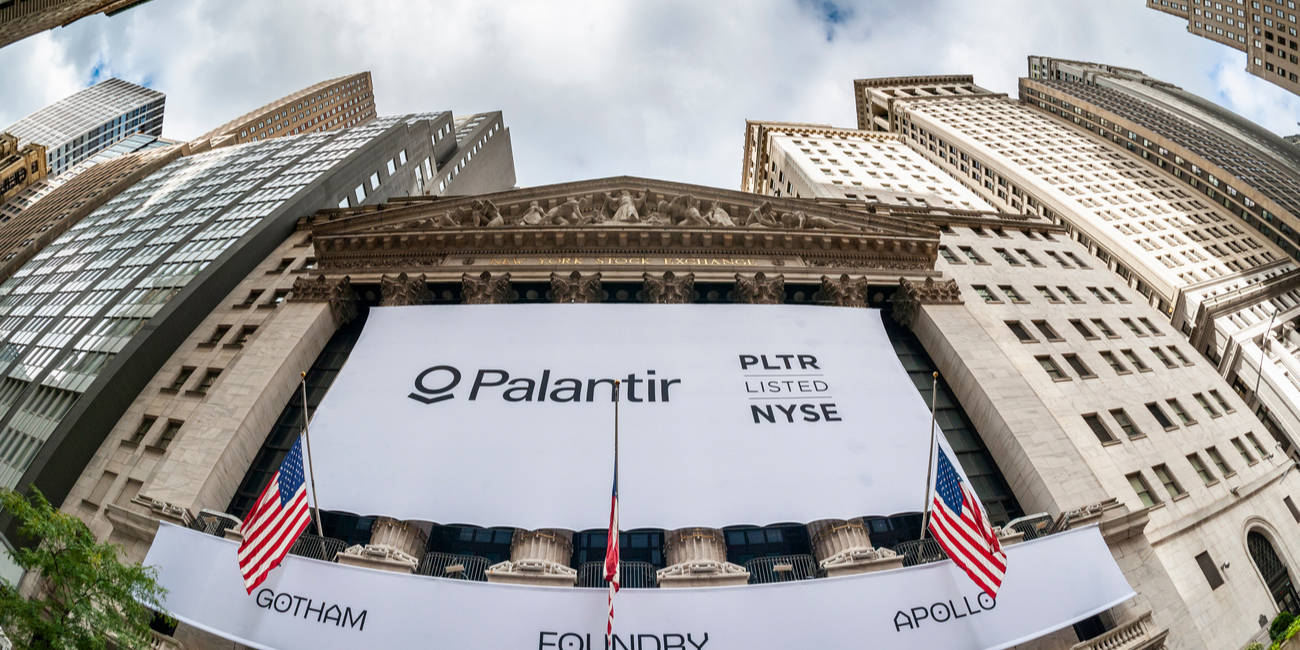
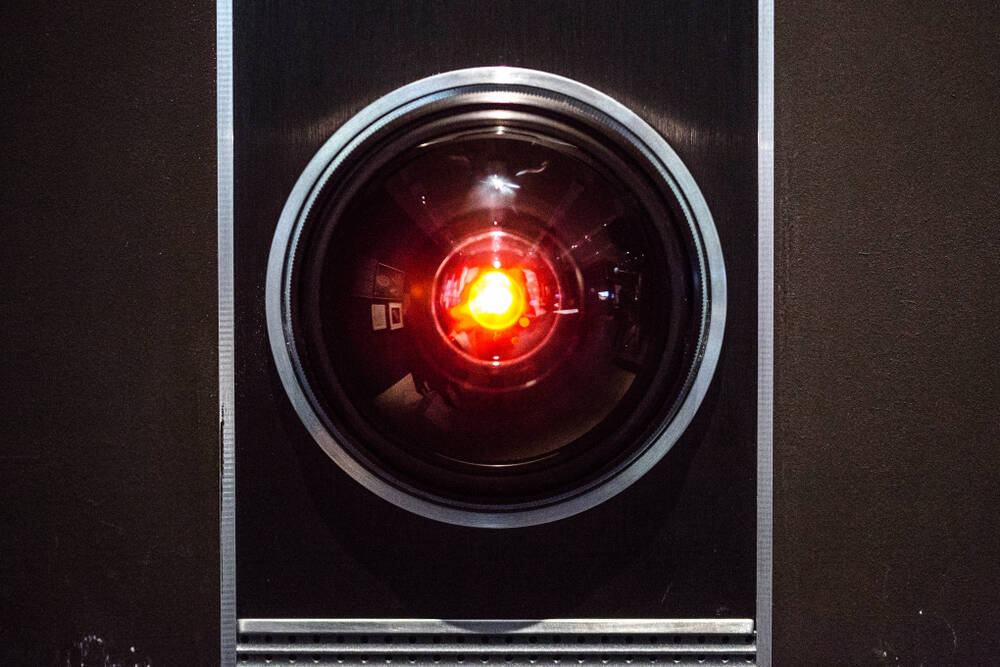





































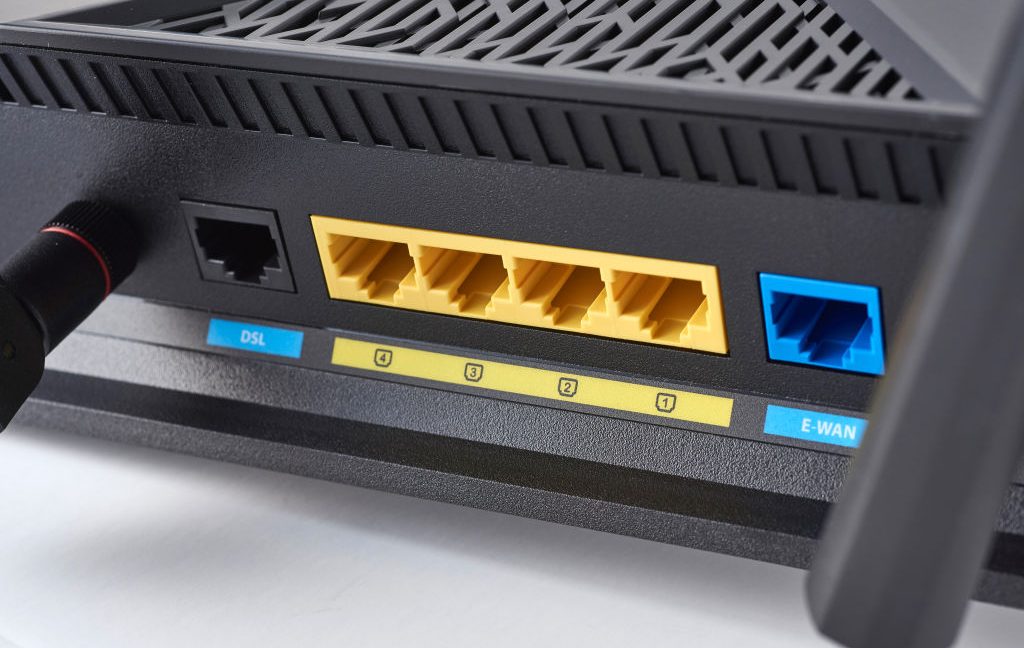
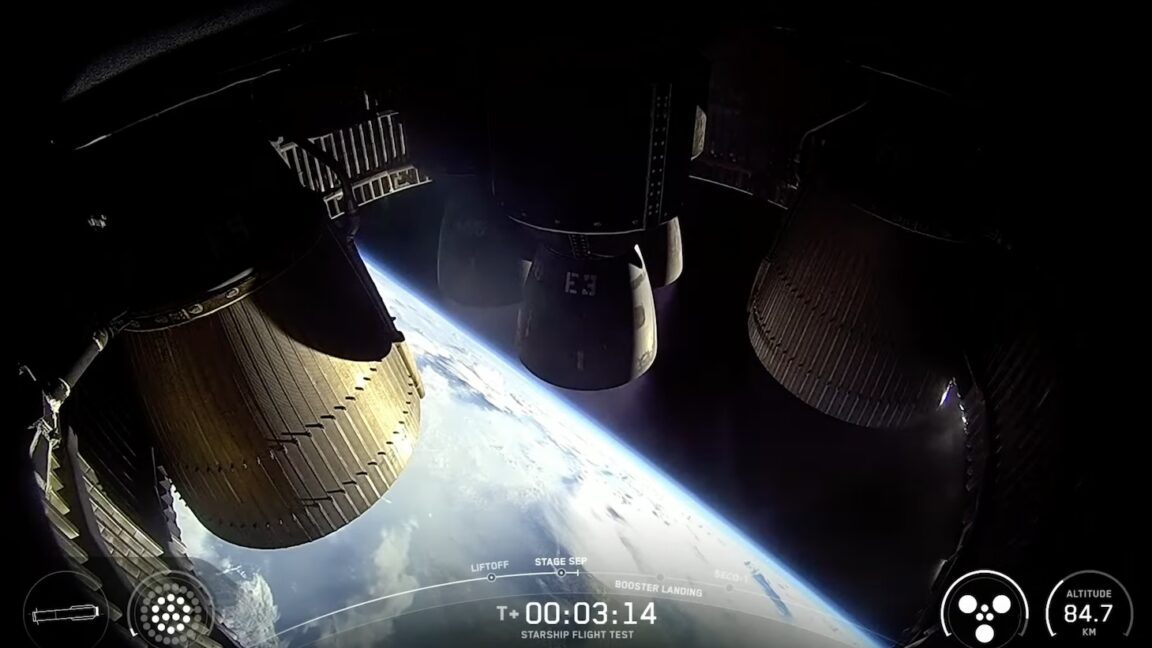
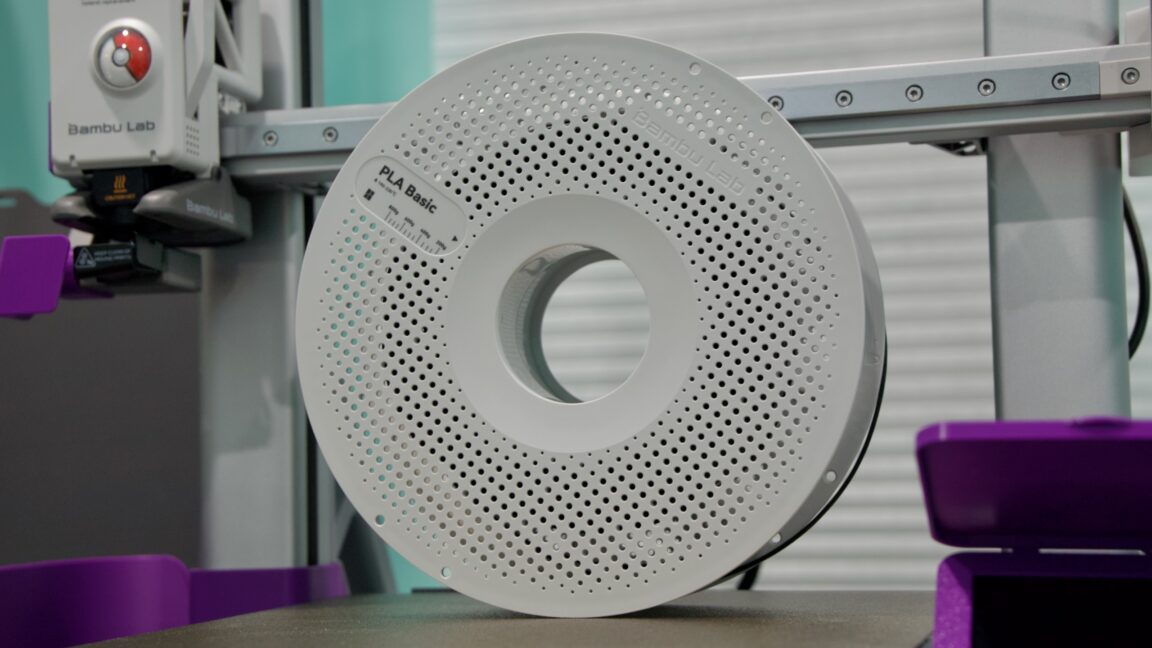















































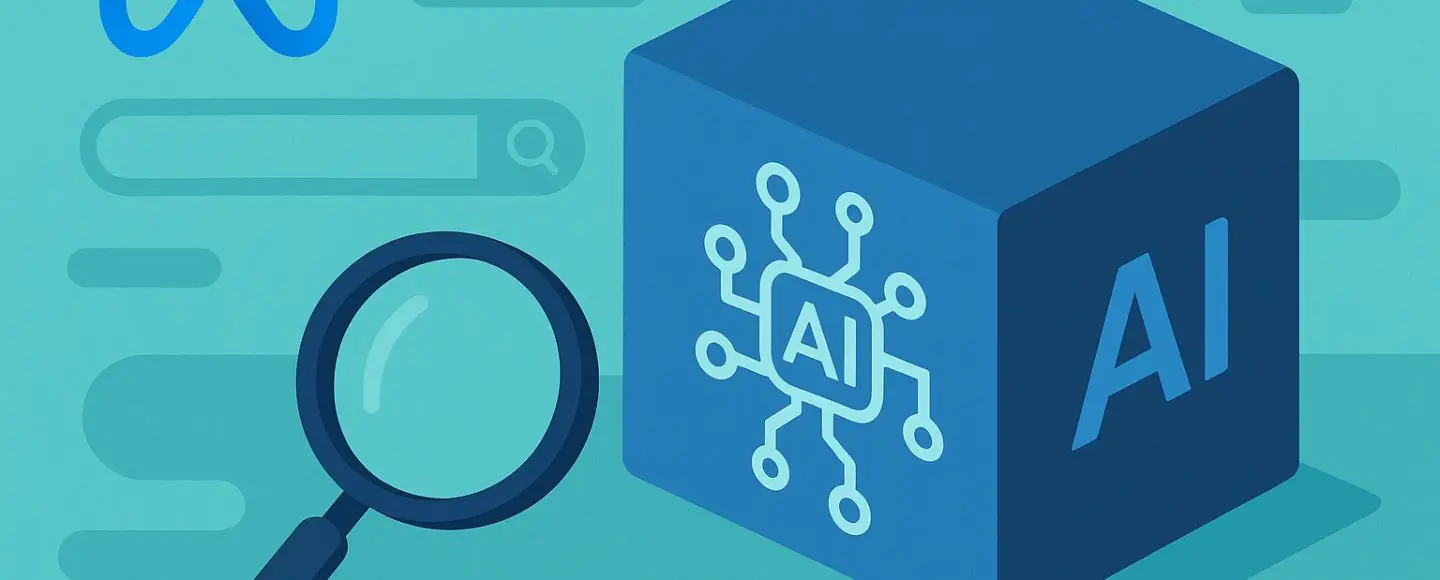







































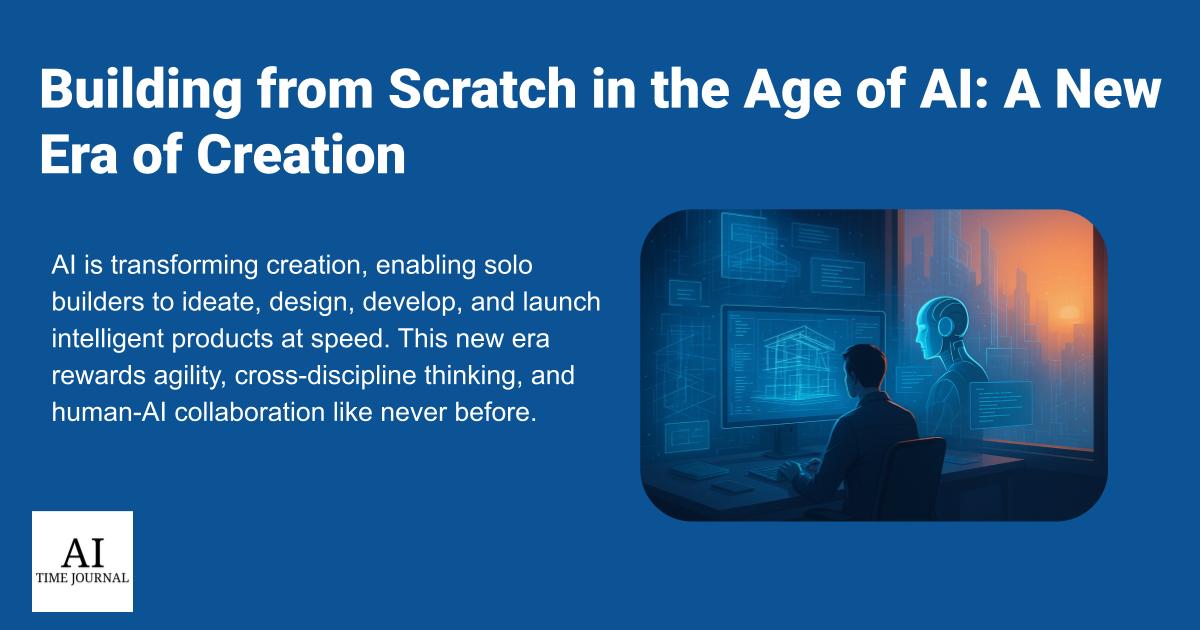











![[The AI Show Episode 150]: AI Answers: AI Roadmaps, Which Tools to Use, Making the Case for AI, Training, and Building GPTs](https://www.marketingaiinstitute.com/hubfs/ep%20150%20cover.png)
![[The AI Show Episode 149]: Google I/O, Claude 4, White Collar Jobs Automated in 5 Years, Jony Ive Joins OpenAI, and AI’s Impact on the Environment](https://www.marketingaiinstitute.com/hubfs/ep%20149%20cover.png)








































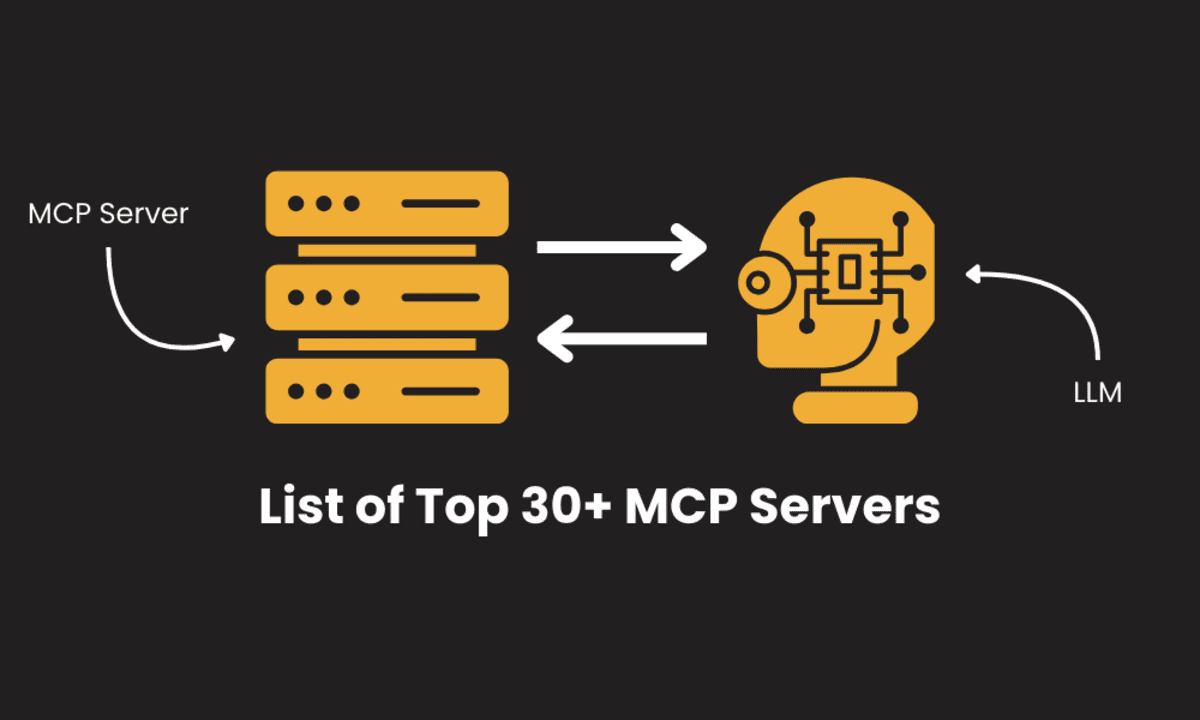





























































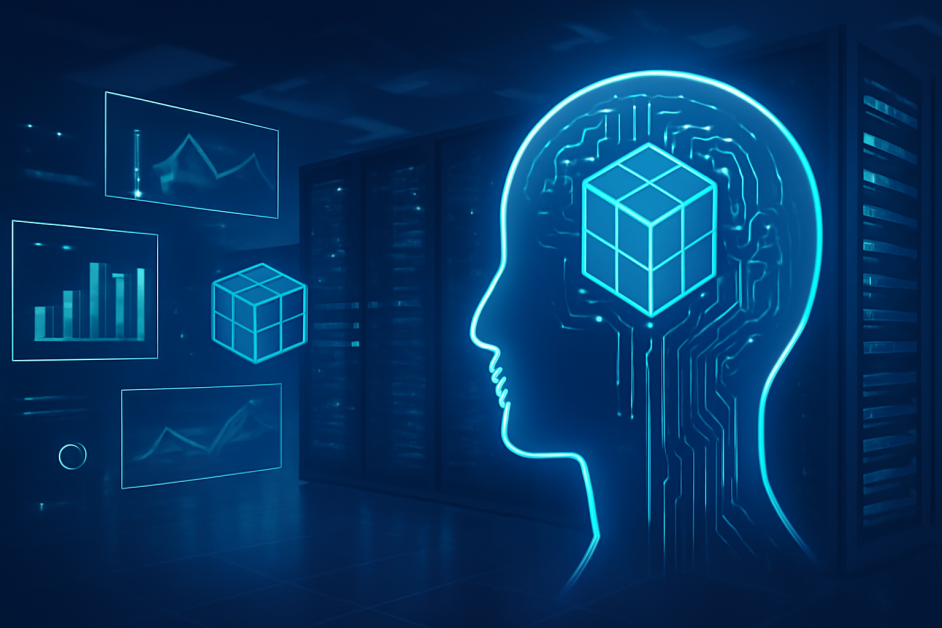


























![[DEALS] Mail Backup X Individual Edition: Lifetime Subscription (72% off) & Other Deals Up To 98% Off – Offers End Soon!](https://www.javacodegeeks.com/wp-content/uploads/2012/12/jcg-logo.jpg)
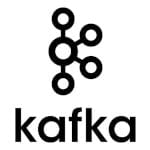




















































































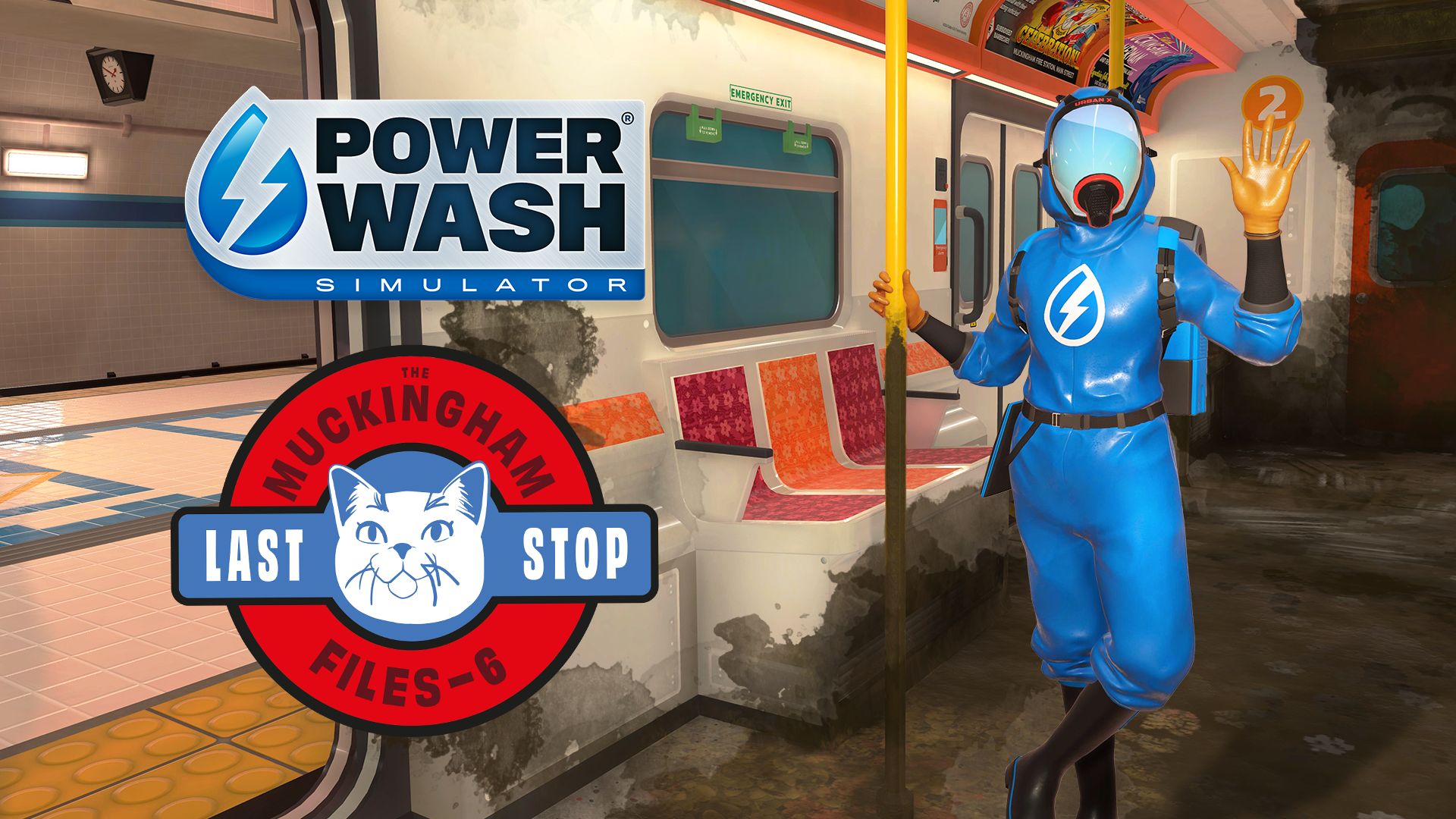









































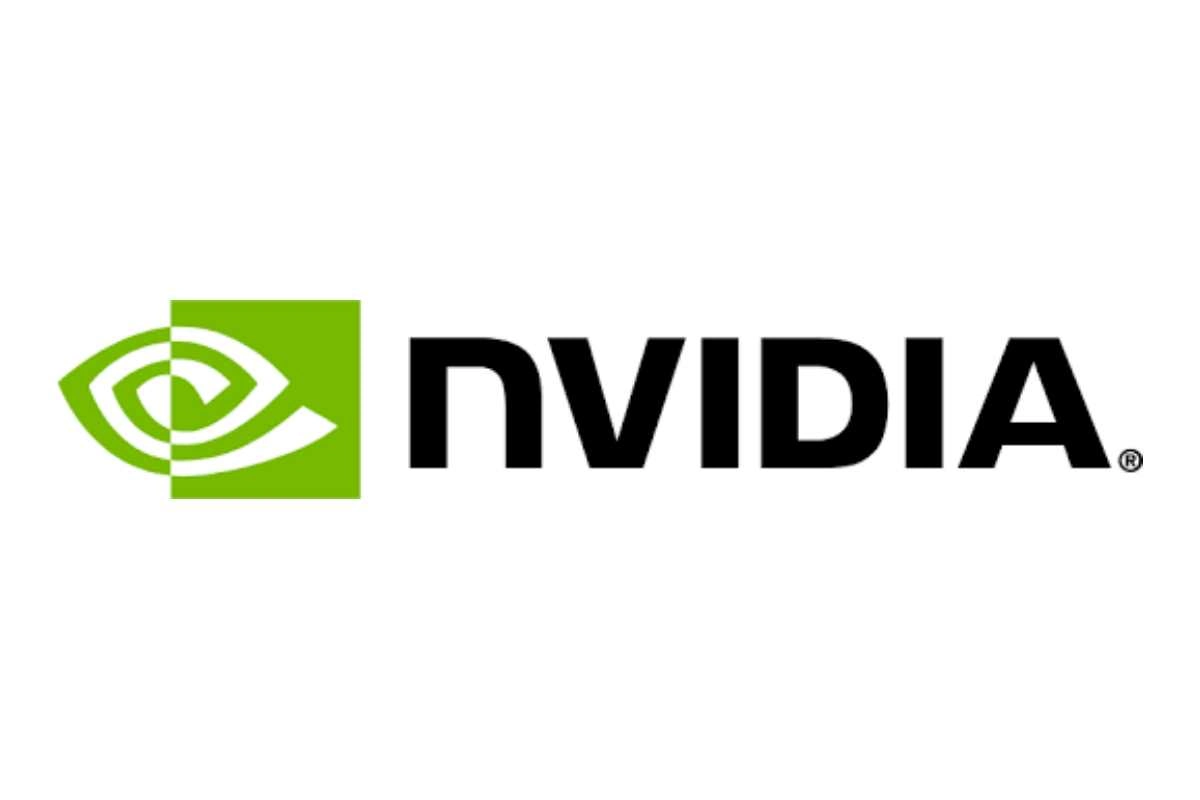







_Luis_Moreira_Alamy.jpg?width=1280&auto=webp&quality=80&disable=upscale#)


_imageBROKER.com_via_Alamy.jpg?width=1280&auto=webp&quality=80&disable=upscale#)















































































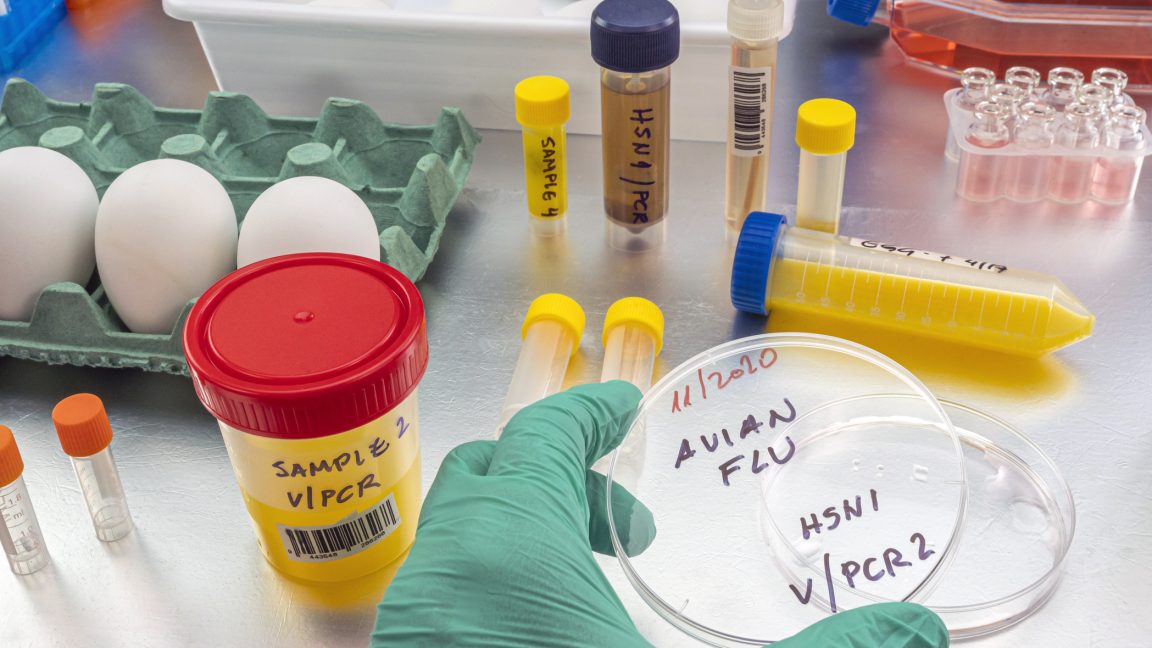

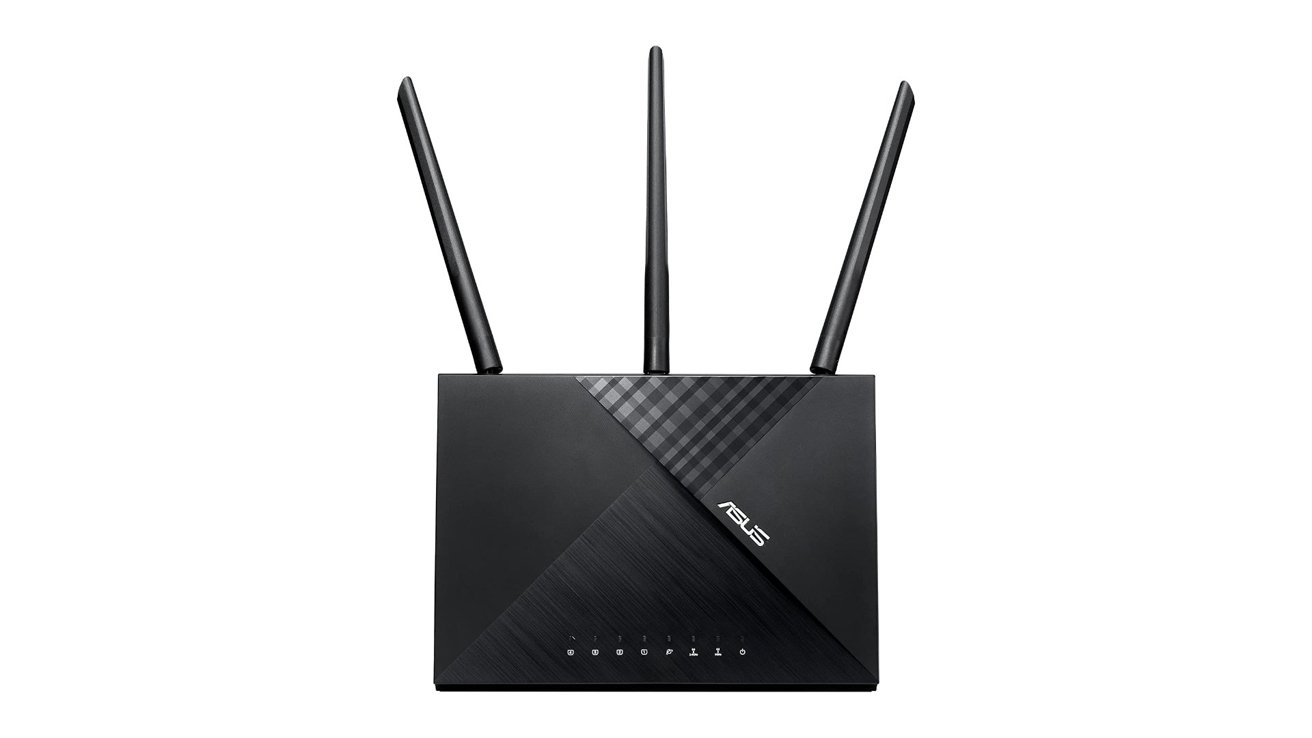












![This app turns your Apple Watch into a Game Boy [Hands-on]](https://i0.wp.com/9to5mac.com/wp-content/uploads/sites/6/2025/05/FI-Arc-emulator.jpg.jpg?resize=1200%2C628&quality=82&strip=all&ssl=1)
![Google TV is finally preparing sleep timer support as app readies Material 3 Expressive [Gallery]](https://i0.wp.com/9to5google.com/wp-content/uploads/sites/4/2024/01/google-tv-logo.jpg?resize=1200%2C628&quality=82&strip=all&ssl=1)














![Apple Shares Official Trailer for 'Smoke' Starring Taron Egerton [Video]](https://www.iclarified.com/images/news/97453/97453/97453-640.jpg)
![Apple's M4 Mac Mini Drops to $488.63, New Lowest Price Ever [Deal]](https://www.iclarified.com/images/news/97456/97456/97456-1280.jpg)

![iPhone 16 Becomes World's Best-Selling Smartphone in Q1 2025 [Chart]](https://www.iclarified.com/images/news/97448/97448/97448-640.jpg)





































